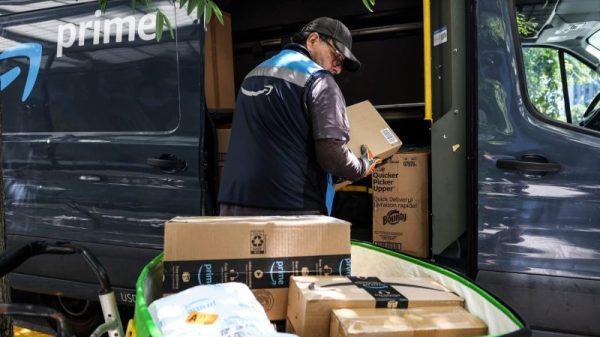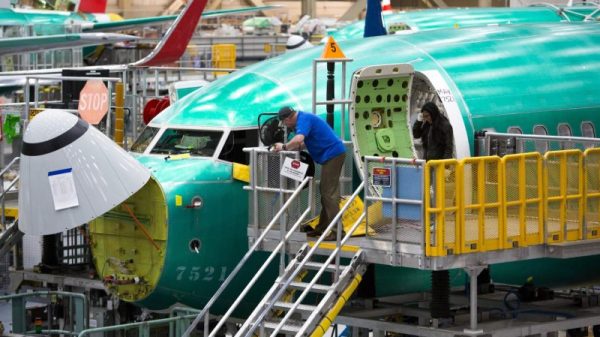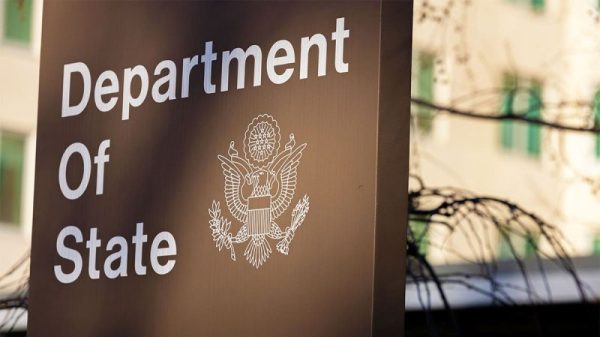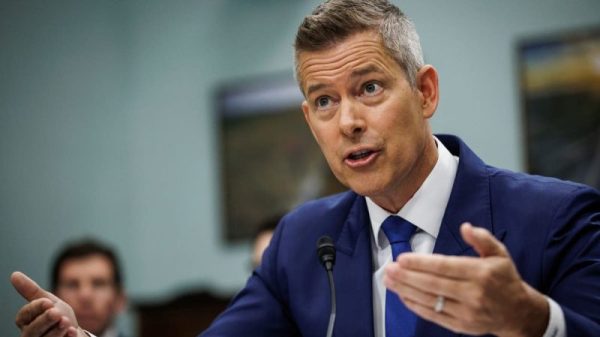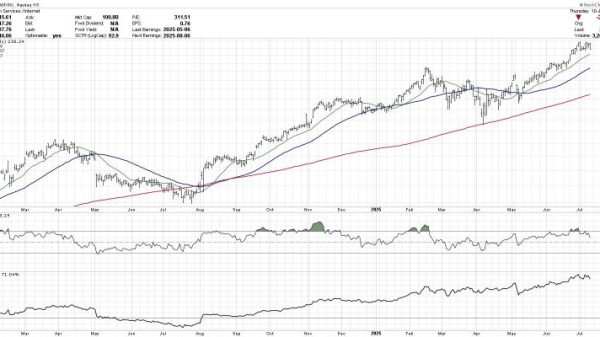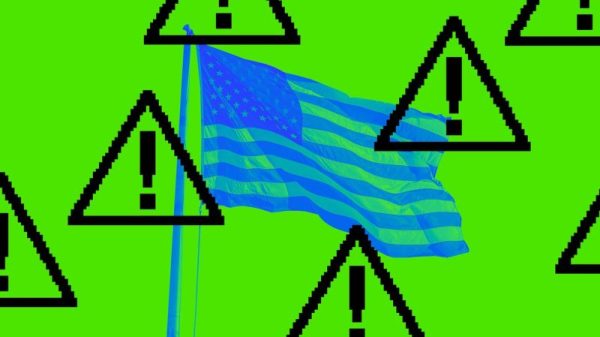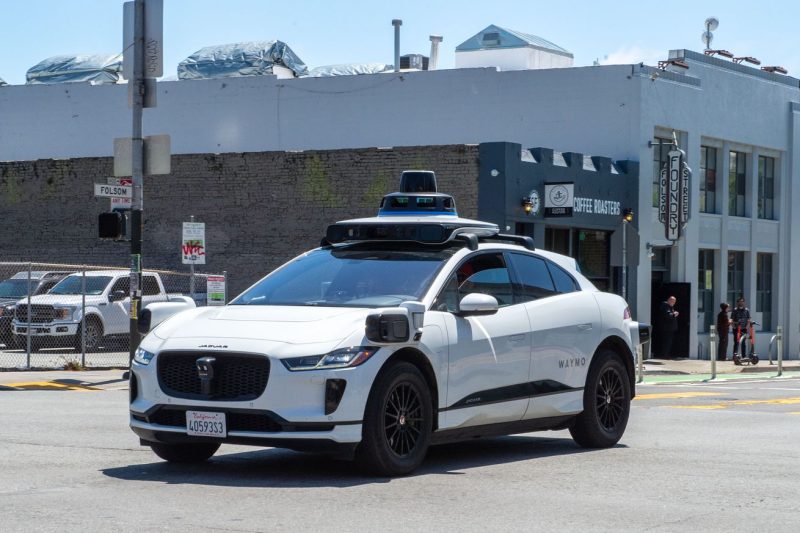In a recent incident that highlighted the complexities surrounding autonomous vehicles, police in Chandler, Arizona pulled over a Waymo self-driving car for driving in the oncoming lane. This unusual encounter between law enforcement and cutting-edge technology sparked discussions about the challenges of integrating autonomous vehicles into existing traffic systems and the need for clearer regulations in the rapidly evolving field of self-driving technology.
The incident took place when a Waymo vehicle, which was part of the company’s fleet of self-driving cars being tested in the area, was observed by an officer to be traveling on the wrong side of the road. The officer made the decision to pull over the autonomous vehicle, raising questions about how law enforcement should interact with self-driving cars and who would be held accountable in the event of a traffic violation.
As autonomous vehicles become more prevalent on our roads, it is crucial for policymakers, law enforcement agencies, and technology companies to collaborate and establish clear guidelines for the operation of these vehicles. Issues such as liability in the event of accidents, adherence to traffic laws, and communication protocols between autonomous vehicles and other road users need to be addressed to ensure the safe integration of self-driving technology into our transportation systems.
One of the key challenges in the case of the Waymo car being pulled over is the question of responsibility. In traditional traffic stops, a human driver can be held accountable for any violations, such as driving on the wrong side of the road. However, in the case of autonomous vehicles, where the vehicle itself is in control, determining responsibility and issuing citations becomes more complex. Should the company operating the self-driving car be held liable for traffic violations, or should the software developer responsible for the vehicle’s programming bear the responsibility?
This incident highlights the need for clearer regulations that define the roles and responsibilities of all stakeholders involved in the development and deployment of autonomous vehicles. It also underscores the importance of ongoing communication and collaboration between technology companies and law enforcement agencies to ensure that self-driving cars operate safely and within the confines of the law.
As we continue to witness advancements in self-driving technology, incidents like the one involving the Waymo car being pulled over serve as a reminder of the challenges and opportunities that come with the integration of autonomous vehicles into our daily lives. By addressing issues such as regulation, accountability, and communication, we can work towards a future where self-driving cars coexist harmoniously with traditional vehicles, facilitating safer and more efficient transportation for all road users.




